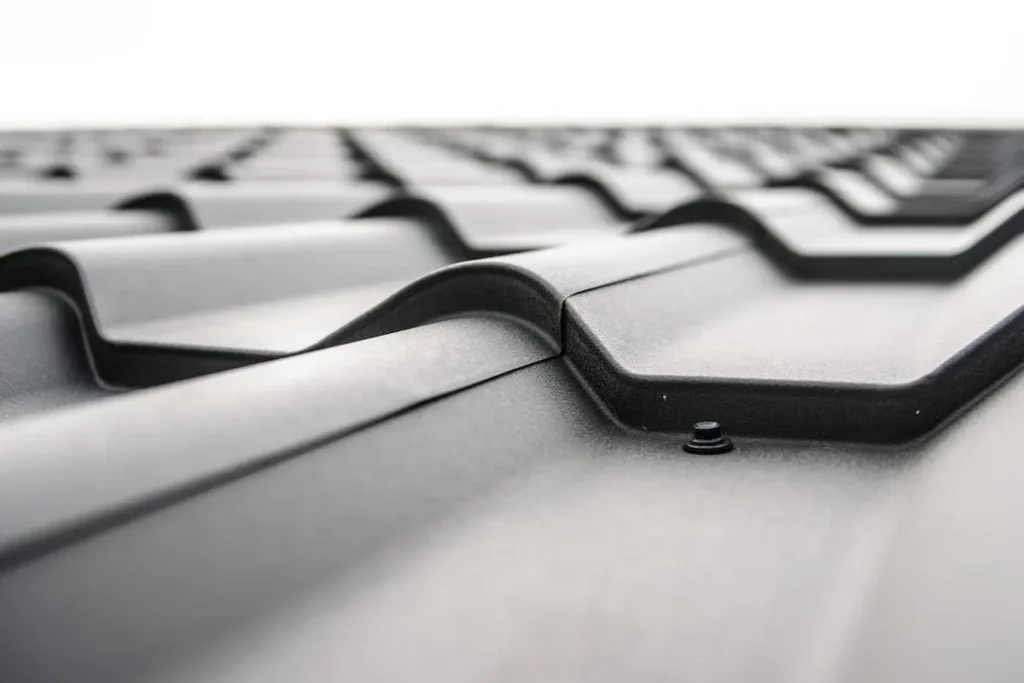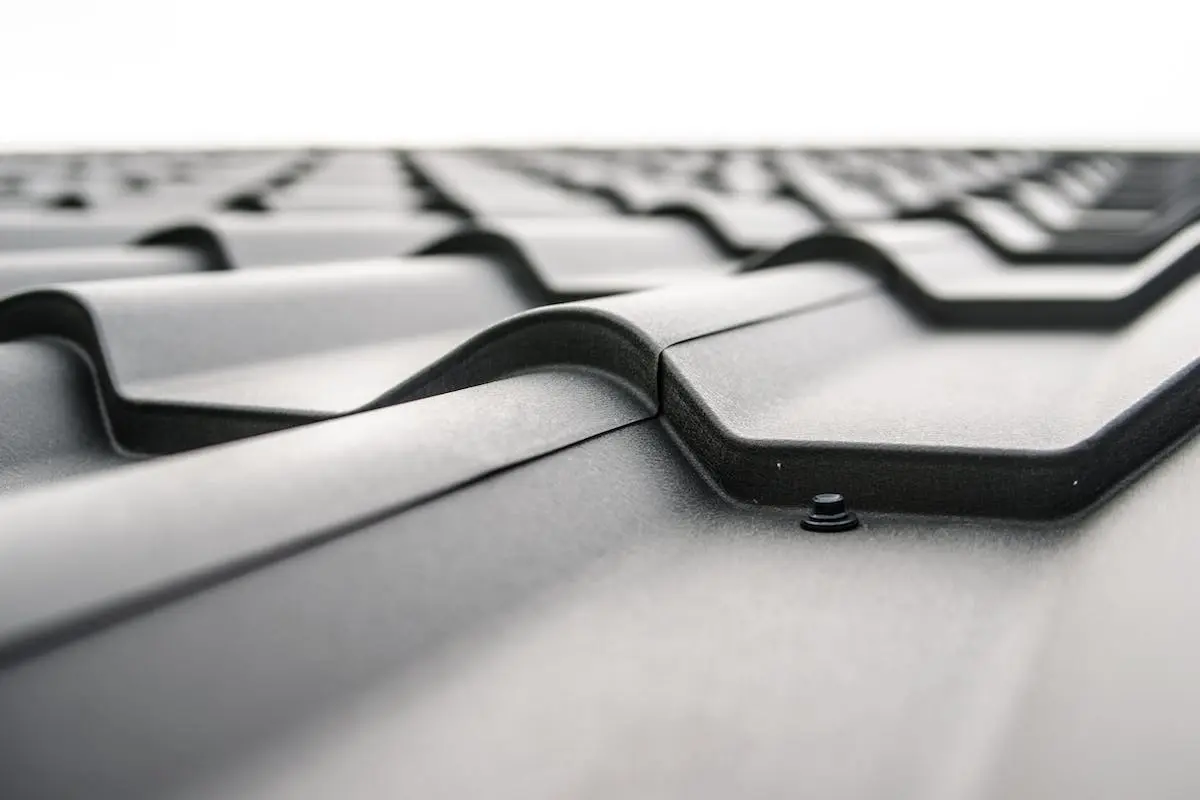Introduction to high-performance roofing systems
High-performance roofing systems are designed to be more durable and energy-efficient than traditional roofing materials. They help reduce the environmental impact of buildings by minimizing energy consumption and reducing waste. By using advanced materials and technologies, high-performance roofing systems provide better protection against weather and contribute to a more sustainable built environment.

Environmental impact of traditional roofing
Traditional roofing materials, such as asphalt shingles and metal, have a significant environmental impact. They contribute to the urban heat island effect, a phenomenon where built-up areas are hotter than nearby rural areas. This is due to the absorption and retention of heat by traditional roofing materials, which can raise temperatures in urban environments. Additionally, the production and disposal of these roofing materials contribute to air and water pollution, as well as the depletion of natural resources.
Benefits of sustainable roofing materials
Sustainable roofing materials have various benefits that can positively impact the environment and your wallet. Some of the advantages include:
- Energy efficiency: Sustainable roofing materials can help reduce energy consumption by maintaining stable indoor temperatures, lowering the need for heating and cooling.
- Longer lifespan: These materials often have a longer lifespan than traditional roofing, reducing the frequency of replacements and the amount of waste sent to landfills.
- Environmental impact: By using sustainable materials, you can reduce your environmental footprint and contribute to conservation efforts.
- Cost savings: While the initial investment may be higher, sustainable roofing materials can lead to long-term cost savings in energy bills and maintenance.
Energy efficiency and cost savings
High-performance roofing systems can significantly reduce your energy consumption and save you money. Studies have shown that these systems can lower your energy bills by up to 30%. They achieve this by providing better insulation, reducing the need for heating and cooling. Additionally, they can extend the lifespan of your roof, reducing the frequency of costly replacements and repairs. This makes high-performance roofing a smart long-term investment for both your wallet and the environment.
Longevity and durability of high-performance roofing
High-performance roofing systems are designed to last longer than traditional roofing materials, reducing the need for frequent roof replacements. These roofing systems are known for their durability, which means they can withstand harsh weather conditions and require minimal maintenance over their lifespan. According to studies, high-performance roofing can last up to 50 years or more, making them a sustainable choice for long-term environmental impact. Their longevity also contributes to cost savings over time, as they reduce the need for frequent repairs and replacements.
Reduced maintenance and repair costs
High-performance roofing systems require less maintenance and upkeep over time, which can save you money on repairs and replacements. They are designed to withstand harsh weather conditions and environmental stresses, reducing the need for frequent maintenance. This can result in lower long-term costs and a more sustainable approach to roofing solutions.
Increased property value and resale potential
Investing in high-performance roofing systems can increase the value of your property and enhance its potential for resale. Studies have shown that homes with energy-efficient features, including high-performance roofing, tend to sell for higher prices and attract more buyers. This is because potential buyers are attracted to the long-term cost savings and environmentally friendly aspects of homes with sustainable features. Additionally, high-performance roofing systems can improve the overall appearance of your property, making it more appealing to potential buyers.
Impact on indoor comfort and air quality
High-performance roofing systems can greatly improve indoor comfort and air quality. By providing better insulation and reducing heat transfer, these systems help maintain a more consistent temperature inside the building. This can lead to decreased reliance on heating and cooling systems, saving energy and reducing utility costs. Additionally, high-performance roofing materials often have low volatile organic compound (VOC) emissions, which contributes to healthier indoor air quality by reducing the presence of harmful chemicals.
Government incentives and certifications for sustainable roofing
To promote the use of sustainable roofing, governments offer various incentives and certifications. Some of these incentives include tax credits and rebates to encourage the installation of high-performance roofing systems. Additionally, certifications such as LEED (Leadership in Energy and Environmental Design) and Energy Star help identify and promote sustainable roofing products and practices. These incentives and certifications play a crucial role in encouraging the adoption of sustainable roofing solutions, benefiting both the environment and building owners.
Conclusion and summary of sustainability benefits
High-performance roofing systems offer various sustainability benefits, making them a worthwhile investment. Some key takeaways include:
- Energy Efficiency: These roofing systems help reduce energy consumption by maintaining a consistent indoor temperature, resulting in lower heating and cooling costs.
- Durability: High-performance roofs have a longer lifespan, reducing the frequency of replacements and the associated environmental impact.
- Environmental Impact: The use of sustainable materials and construction practices minimizes the ecological footprint and contributes to a healthier environment.
- Cost Savings: Although the initial investment may be higher, the long-term cost savings in energy bills and maintenance make high-performance roofing systems a financially smart choice.
In summary, these sustainable roofing solutions not only benefit the environment but also provide long-term cost savings and energy efficiency for homeowners and businesses.




